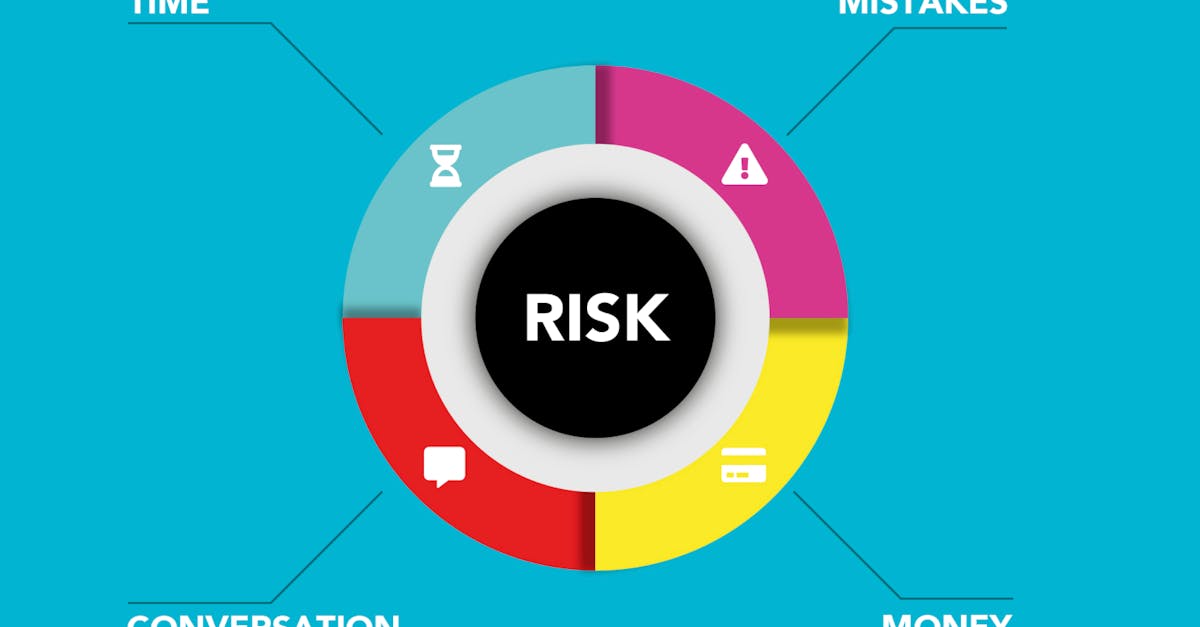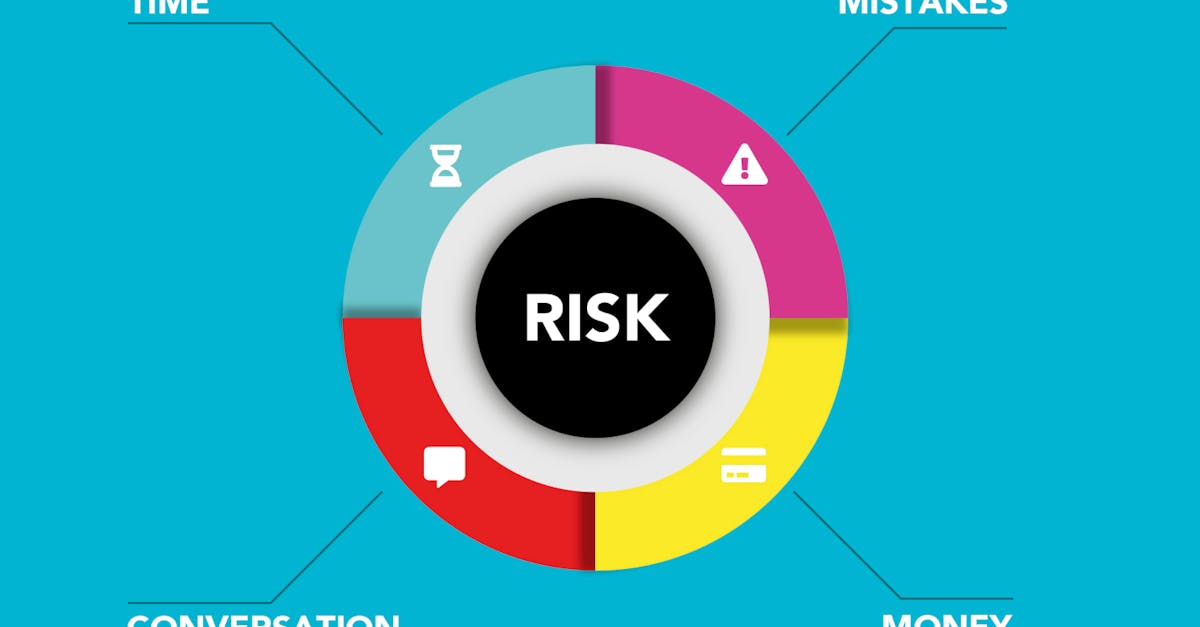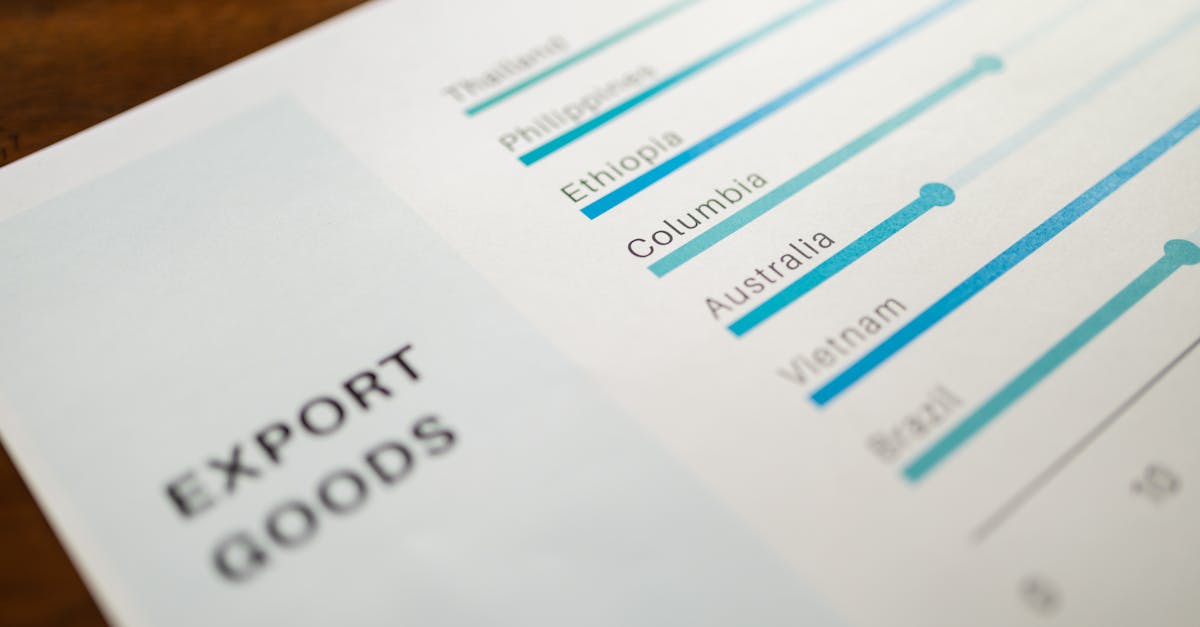Crisis Communication Strategies that Rescued Global Brands
Introduction
In the fast-paced world of business, crises are inevitable, and brands must be prepared to handle them adeptly. Whether triggered by product recalls, public relations nightmares, or issues of corporate governance, crises can severely damage a brand’s reputation. Globalization and social media have compounded these challenges, making it crucial for companies to act swiftly and strategically. Effective crisis communication strategies are vital in safeguarding a brand’s image and winning back consumer trust. This article explores the communication tactics employed by leading brands during high-profile crises. By learning from these real-world examples, other brands can arm themselves with strategies to navigate future storms.
Advertisement
The Importance of Transparency
One of the most effective crisis communication strategies is transparency. When Johnson & Johnson faced the Tylenol poisoning crisis in 1982, the company set a gold standard by openly communicating with the public. The company issued nationwide warnings, pulled products off the shelves, and introduced tamper-proof packaging, prioritizing consumer safety over profits. This transparent approach not only mitigated the immediate crisis but also strengthened the public's trust. Johnson & Johnson's commitment to transparency remains a case study in crisis management, demonstrating that honesty fosters credibility and long-term consumer loyalty.
Advertisement
Leveraging Apologies Appropriately
A sincere apology can be a powerful tool during brand crises. BP learned this lesson during the Deepwater Horizon oil spill in 2010. Initially criticized for a detached response, BP later issued a heartfelt public apology, accompanied by the "We Will Make This Right" campaign. The apology showed empathy and remorse, essential in regaining public goodwill. However, brands must ensure apologies are genuine and backed by action; a hollow apology can exacerbate the situation, as was seen with some of BP’s initial responses. A meaningful apology demonstrates accountability and a commitment to rectify the wrongs, essential for reputation recovery.
Advertisement
The Role of Social Media
In today’s digital age, social media is a double-edged sword but an essential crisis communication tool. When a passenger incident resulted in a United Airlines PR crisis in 2017, the airline's delayed social media response fueled public outrage. United eventually managed to alleviate the backlash through timely, empathetic, and consistent messaging across platforms. Social media allows real-time communication with global audiences, making it crucial for brands to monitor conversations and respond promptly. When used strategically, social media can help control the narrative, demonstrate transparency, and engage directly with concerned stakeholders.
Advertisement
Creating a Centralized Crisis Team
Having a dedicated crisis management team ensures coordinated and effective responses during emergencies. Samsung notably utilized this strategy during the Galaxy Note 7 recalls in 2016. The company formed a centralized team to address safety concerns, handle media inquiries, and communicate with consumers worldwide. This approach allowed Samsung to streamline its messaging and speed up decision-making processes. A crisis team ensures the company speaks with one voice, reducing the risk of contradictory statements that could undermine consumer trust. This strategy highlights the importance of preparation and organization in crisis scenarios.
Advertisement
Comprehensive Post-Crisis Evaluation
After a crisis, evaluating the communication strategy is fundamental for future improvement. Toyota demonstrated the importance of learning from past crises following multiple recalls from 2009 to 2011. The auto giant conducted thorough reviews of each incident to identify communication weaknesses and improve supply chain transparency. Post-crisis evaluations enable brands to refine their crisis communication plans, incorporating lessons learned into future strategies. Continuous reassessment ensures preparedness to handle subsequent challenges with improved efficacy, maintaining a brand’s resilience in an ever-changing business environment.
Advertisement
Keeping Consistency in Messaging
Consistency in messaging is critical to avoid confusion and misinformation during crises. Volkswagen faced significant backlash during the emissions scandal, but consistency in its subsequent action plan allowed the company to navigate the turmoil. By outlining clear steps and maintaining consistency in communication, Volkswagen provided stakeholders with assurance and clarity. This uniformity across different platforms and spokespeople reassures employees, investors, and the public that the brand maintains control and is committed to resolving the issue at hand. Consistent messaging minimizes misunderstanding and reinforces a brand's dedication to resolution.
Advertisement
Empowering Frontline Employees
Frontline employees are crucial in embodying a brand's response during crises. Nissan's approach to a scandal surrounding inaccurate emissions testing in 2016 involved empowering its workforce to communicate with transparency and integrity. By equipping employees with information and enabling them to address consumer concerns directly, Nissan upheld its brand image amid a reputational challenge. Training employees to handle crisis moments reinforces the brand's credibility and ensures a cohesive response. Empowering staff to be ambassadors of the brand during crises builds a unified front against external pressures.
Advertisement
The Advantages of Timely Action
Timeliness is a critical component in crisis communication. When Pepsi faced a syringe scare in 1993, swift action, including immediate withdrawal of the affected products and a rapid media campaign, helped restore consumer confidence. A delay can allow crises to escalate, leading to worsened perception and brand damage. By taking prompt action, brands demonstrate responsibility and control over the situation, reducing uncertainty for consumers and stakeholders. Timely response times underline a brand's commitment to consumer welfare, curbing the negative impact of the crisis swiftly.
Advertisement
Conclusion
Crises test the resilience and adaptability of global brands, requiring thoughtful and strategic communication plans. Transparency, timely action, and sincere apologies are pivotal elements, as demonstrated by Johnson & Johnson, BP, and Pepsi. Learning from these case studies, brands can develop robust communication strategies to withstand future crises, safeguarding their reputations. As business landscapes evolve, continuous evaluation and preparation empower companies to tackle unforeseen challenges effectively. Ensuring coherent messaging across platforms and empowering employees are additional keys to successful crisis management. With the right strategies in place, brands can not only survive but thrive post-crisis.
Advertisement








